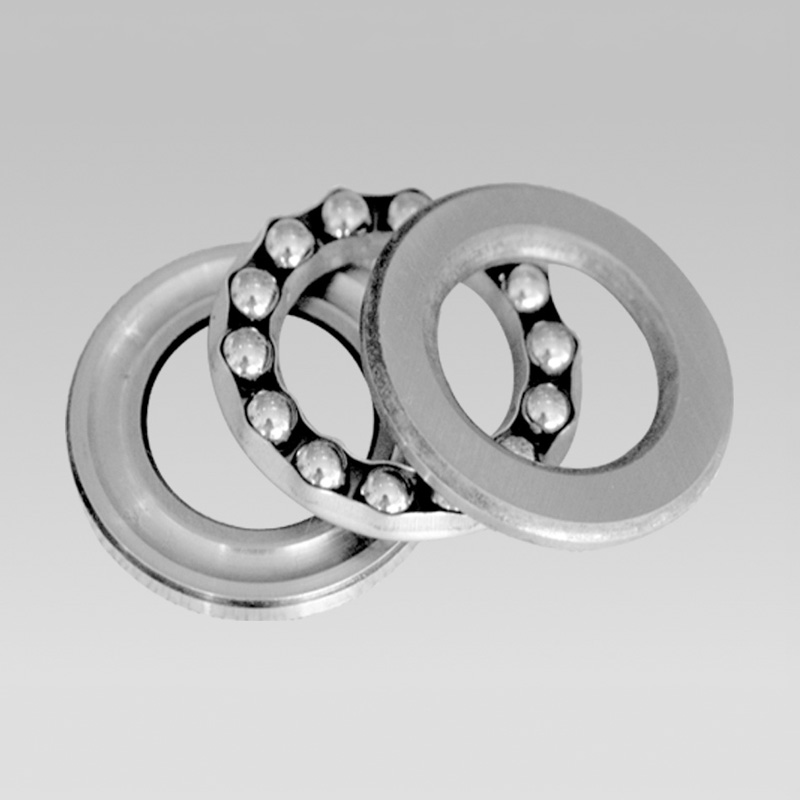
Nov . 10, 2024 16:23 Back to list
Understanding the Function of Thrust Bearings in Mechanical Systems
The Purpose of Thrust Bearings
Thrust bearings are vital mechanical components designed to accommodate axial loads in rotary applications, where forces are directed along the axis of the bearing. Unlike conventional radial bearings that support loads perpendicular to the shaft, thrust bearings are specifically engineered to handle forces that act parallel to the shaft, making them indispensable in various machinery and mechanical systems.
Understanding Axial Loads
To appreciate the role of thrust bearings, it's essential to understand what axial loads are. In mechanical systems, axial loads are forces that tend to push or pull components along the direction of the axis. For instance, in a rotating shaft, these loads can arise from activities such as gear meshing, belt tensions, and operating dynamics of other connected elements. If these axial loads are not adequately supported, it could lead to component misalignment, excessive wear, or even catastrophic failure of the machinery.
Key Functions of Thrust Bearings
1. Load Distribution Thrust bearings are designed to efficiently distribute axial loads over a broad surface area. This distribution helps to minimize stress concentrations, reducing the risk of material fatigue and extending the lifespan of the components involved.
2. Alignment Maintenance By supporting the axial loads, thrust bearings maintain the alignment of rotating elements in a mechanical system. This alignment is crucial for the smooth operation of machinery, ensuring that moving parts do not come into contact with stationary components, which could cause wear and tear.
3. Minimizing Friction In addition to supporting axial loads, thrust bearings are designed to reduce friction between the moving parts. Depending on the type of thrust bearing, such as ball, roller, or fluid bearings, they can provide varying degrees of lubrication and reduce heat generation during operation. This results in improved efficiency and performance of the machinery.
4. Increasing Equipment Reliability The use of thrust bearings contributes to the overall reliability of mechanical systems. By effectively managing axial loads, they help to prevent premature failures that could result from misalignment or excessive wear. This reliability is particularly important in high-stakes industries, such as aerospace, automotive, and industrial manufacturing, where equipment failure can lead to significant downtime and financial loss.
what is the purpose of thrust bearing

Types of Thrust Bearings
Thrust bearings come in various forms, each suited for specific applications. The most common types include
- Ball Thrust Bearings These consist of a series of balls contained within a race. They are suitable for applications with moderate axial loads and provide smooth operation with minimal friction.
- Roller Thrust Bearings Featuring cylindrical rollers instead of balls, these bearings can accommodate higher axial loads and are often used in heavy machinery and industrial equipment.
- Fluid Thrust Bearings Utilizing a film of fluid (such as oil or air) to support the load, these bearings can operate with very low friction and wear. They are commonly found in high-speed applications, such as turbines or high-performance engines.
Applications of Thrust Bearings
Thrust bearings are widely used across various industries. In automotive applications, they are employed in transmissions and differential assemblies to manage the axial loads generated during operation. In industrial settings, they are found in cranes, elevators, and conveyor systems. Aerospace applications utilize thrust bearings in engines and landing gear systems to ensure safe and efficient operation.
Conclusion
In summary, thrust bearings play a crucial role in the functionality and reliability of mechanical systems that encounter axial loads. By effectively distributing loads, maintaining alignment, minimizing friction, and enhancing equipment reliability, they enable machinery to operate smoothly and efficiently. As technology advances, the design and materials used in thrust bearings will continue to evolve, promising even greater performance and durability in various applications. Understanding their purpose and proper implementation is essential for engineers and manufacturers seeking to optimize the performance of their machines and systems.
Latest news
-
Grooved Ball Bearing Design and Functionality
NewsJun.04,2025
-
Concrete Mixer Bearing Load Capacity Testing
NewsJun.04,2025
-
6004 Bearing Dimensions in Robotic Joint Designs
NewsJun.04,2025
-
Advantages of Single-Row Deep Groove Ball Bearings
NewsJun.04,2025
-
Applications of Deep Groove Ball Bearings in Automotive Systems
NewsJun.04,2025
-
Innovations in Bearing Pressing Machine Design
NewsJun.04,2025
